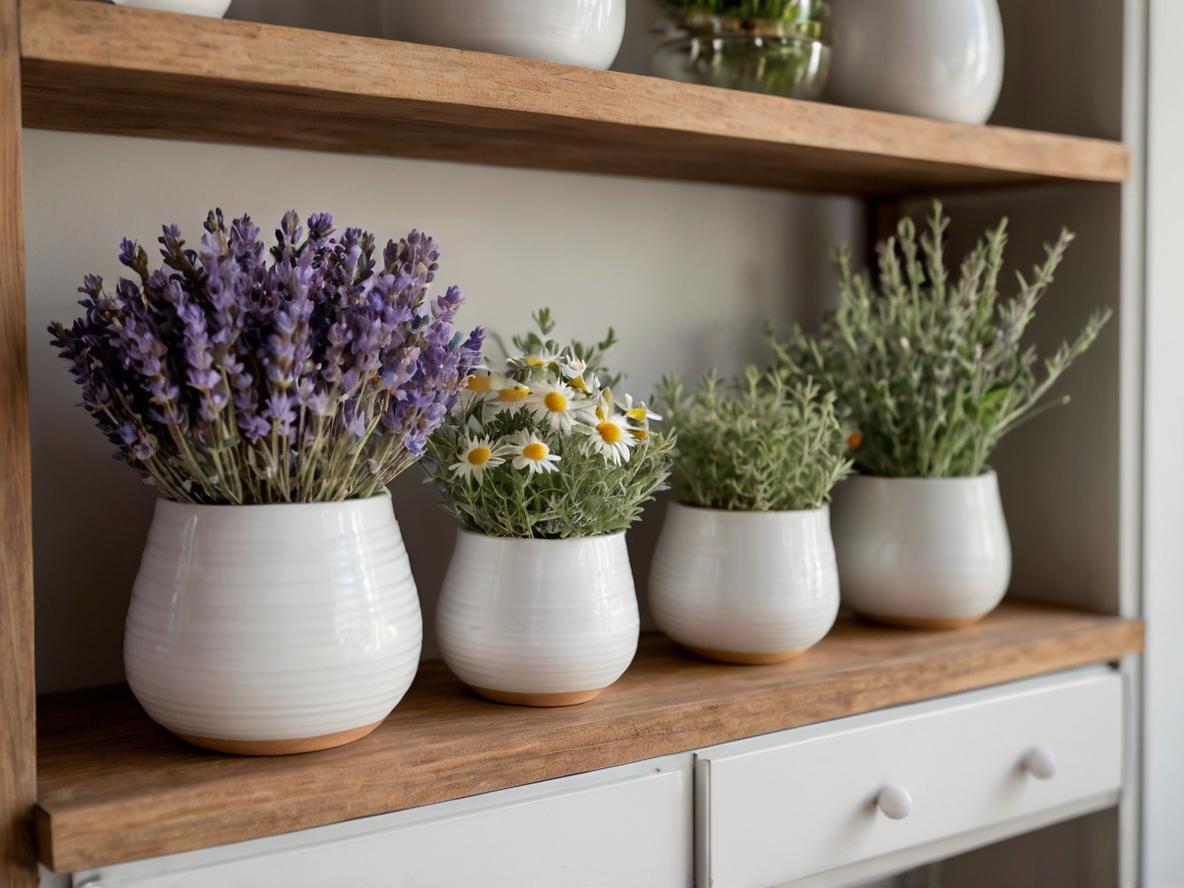
For millions of Americans, allergies are a constant, frustrating presence in their daily lives. Whether it’s the sniffles, sneezing, or itchy eyes, the symptoms of allergies can be debilitating and disrupt even the most mundane activities. And for those who suffer from severe allergies, the cost of medication and medical treatment can be a significant financial burden.
But what if there was a natural, cost-effective way to alleviate allergy symptoms without relying on expensive medications? Enter the humble houseplant – a simple, low-maintenance solution that can provide relief from allergies and save you money in the long run.
In this article
The Science Behind Houseplants and Allergies
At their core, houseplants are living, breathing organisms that release a variety of chemicals and compounds into the air as they grow. Some of these compounds, such as terpenes and flavonoids, have been shown to have potent anti-inflammatory and antioxidant properties – the very same properties that can help alleviate allergy symptoms.
“The key is to choose plants that are known for their allergy-relieving properties,” explains botanist Dr. Emily Walters. “Plants like lavender, chamomile, and eucalyptus are all natural anti-inflammatory agents that can help reduce swelling and itching associated with allergies.”
According to Walters, the benefits of houseplants for allergy relief extend beyond just their chemical composition. The very act of caring for plants can also have a calming, stress-reducing effect on the body, which can help alleviate symptoms of anxiety and depression that often accompany allergies.
“Houseplants are a great way to create a sense of calm and well-being in the home,” Walters says. “By incorporating plants into your daily routine, you can reduce stress and anxiety, which can in turn help alleviate allergy symptoms.”
The Benefits of Natural Allergy Relief
Beyond just providing relief from allergy symptoms, natural methods like houseplants can offer a host of other benefits. For one, they can help reduce the need for expensive medications and medical treatments.
“I used to spend hundreds of dollars a year on allergy medication and doctor visits,” says Sarah, a homeowner in Chicago. “But since I started using houseplants to alleviate my symptoms, I’ve been able to cut back significantly on my spending. It’s been a huge relief for my wallet and my health.”
Natural methods like houseplants can also help reduce the risk of side effects associated with medication. Many over-the-counter and prescription medications can have significant side effects, from drowsiness and dizziness to stomach upset and headaches.
“I was taking a medication for my allergies that made me feel like I was in a fog all day,” says Emily, a young professional in New York City. “But since I started using houseplants, I’ve been able to stop taking the medication altogether. It’s been a huge improvement for my quality of life.”
Choosing the Right Houseplants for Allergy Relief

Not all houseplants are created equal when it comes to their allergy-relieving properties. Some species, like succulents and cacti, are better suited for dry, arid environments and won’t be as effective at alleviating allergy symptoms.
Instead, look for plants with a history of use in traditional medicine, such as lavender, chamomile, and eucalyptus. These plants have been shown to have potent anti-inflammatory and antioxidant properties that can help alleviate allergy symptoms.
“When choosing plants for allergy relief, you also want to consider their overall care requirements,” advises Walters. “Plants like lavender and chamomile need consistently moist soil, so they’ll be more high-maintenance than something like a succulent or cactus.”
Placement is also key – you’ll want to position your allergy-relieving plants in high-traffic areas of the home, such as the living room, bedroom, or home office. This will ensure the benefits of the plants are distributed throughout the space, rather than just concentrated in one corner.
Saving Money with Houseplant Allergy Relief
Of course, the real draw of using houseplants for allergy relief is the potential for cost savings. Traditional medications and medical treatments can be quite expensive, both in terms of their initial purchase price and their ongoing cost.
“I used to spend hundreds of dollars a year on allergy medication and doctor visits,” says Sarah. “But since I started using houseplants, I’ve been able to cut back significantly on my spending. It’s been a huge relief for my wallet and my health.”
According to the American Academy of Allergy, Asthma, and Immunology, the average cost of allergy medication and treatment can range from $500 to $2,000 per year, depending on the severity of symptoms and the type of treatment. In contrast, a single large houseplant typically costs less than $50, and requires only minimal maintenance and watering to keep it thriving.
“Houseplants are such a smart, sustainable way to alleviate allergy symptoms without relying on expensive medications,” says Walters. “Not only are they more cost-effective, but they also provide a host of other benefits, from air purification to stress reduction. It’s a win-win for your wallet and your well-being.”
So, if you’re tired of dealing with the hassle and expense of allergy medication, consider bringing some lush, leafy houseplants into your living space. With their natural ability to alleviate allergy symptoms and provide a host of other benefits, you can enjoy a healthier, more comfortable indoor environment – all while saving money in the long run.







